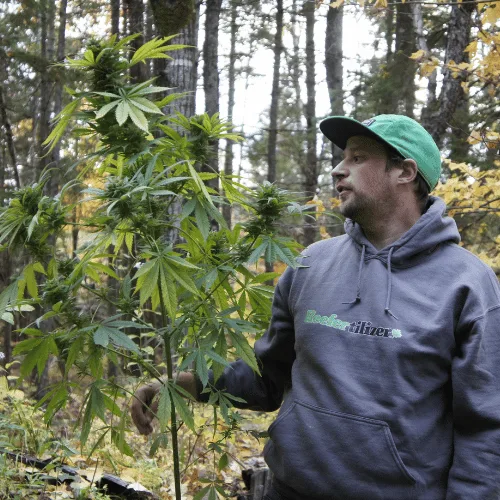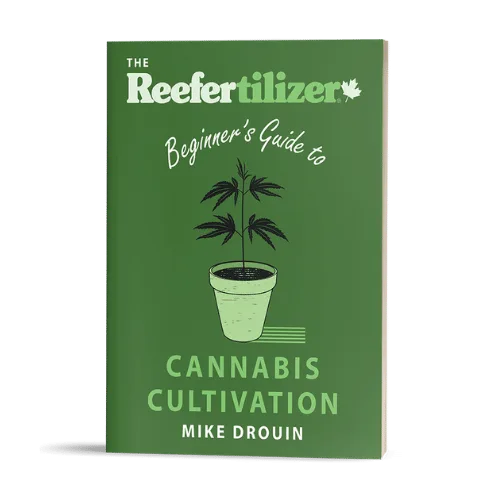Cannabis Clues
How To Dose Homemade Edibles
Homemade edibles have gained immense popularity as more individuals explore the benefits of cannabis. Whether for medicinal purposes or recreational enjoyment, understanding how to properly dose homemade edibles is crucial for a safe and enjoyable experience. This article delves into the essential aspects of dosing, including the factors that influence potency, methods for calculating dosages, and tips for achieving consistent results.
Give Our Cannabis Infusion Potency Calculator a TryUnderstanding Potency
Before diving into the specifics of dosing, it’s important to grasp the concept of potency. Potency refers to the strength of the cannabis used in your edibles, which can vary significantly based on the strain and preparation method.
Factors Influencing Potency
Several factors can affect the potency of cannabis, including the strain’s THC and CBD content, the method of extraction, and the cooking process. Strains with higher THC levels will result in more potent edibles, while those with higher CBD may provide different effects. Additionally, how the cannabis is infused into the food—whether through oils, butters, or tinctures—can also impact potency.
Another critical aspect to consider is the decarboxylation process. This involves heating the cannabis to activate its psychoactive properties. Failing to decarboxylate properly can lead to weaker edibles, as the THC remains in its inactive form.
Moreover, the environment in which the cannabis is grown can also influence its potency. Factors such as soil quality, climate, and cultivation techniques can all play a significant role in the final product. For instance, cannabis grown in nutrient-rich soil under optimal sunlight conditions is likely to yield a more potent strain than that grown in less favorable environments.
Additionally, the timing of the harvest can affect potency; cannabis plants harvested at their peak maturity often contain higher concentrations of cannabinoids and terpenes, which contribute to both potency and flavor.
Furthermore, the method of consumption can alter the perceived potency of edibles. For example, when cannabis is ingested, it undergoes a metabolic process in the liver that converts THC into 11-hydroxy-THC, a compound that is often reported to produce stronger effects compared to THC consumed through smoking or vaping. This means that even a small amount of potent cannabis can lead to a significantly intensified experience when made into edibles, making it essential for consumers to start with a low dose and wait to gauge their reaction before consuming more.
Learn to Grow Better Weed
Download our free guide to growing amazing cannabis at home.
Click Here For More Info
Calculating Dosages
Once the potency of your cannabis is understood, the next step is calculating dosages. This process can seem daunting, but breaking it down into manageable steps can simplify the task.
Determine the THC Content
The first step in calculating dosage is to determine the THC content of your cannabis. This information is often available on packaging from cannabis dispensaries or can be estimated based on strain averages. For example, if you have an ounce (28 grams) of cannabis with 20% THC, it contains about 5.6 grams of THC (28 grams x 0.20).
Infusion Ratios
Next, consider how much of this THC will be transferred into your edible. If you are making cannabutter, for instance, the infusion process will determine how much THC is present in the final product. A common ratio is 1 ounce of cannabis to 1 cup of butter. Using the previous example, if you infuse 1 ounce of 20% THC cannabis into 1 cup of butter, you can expect to have approximately 5600 mg of THC in that cup of butter.
Understanding Infusion Efficiency
THC does not fully transfer from cannabis into butter or oil during infusion. The efficiency depends on factors like temperature, cooking time, and the fat content of the medium. A typical infusion efficiency ranges from 60% to 80%, meaning some THC is lost in the process. For more precise calculations, it’s recommended to use an efficiency factor when estimating final dosages.
For example, if your cannabis contains 5600 mg THC before infusion and your efficiency is 75%, the actual THC in the butter would be: 5600 × 0.75 = 4200 mg
This ensures a more accurate estimation of THC per serving.
Serving Size Calculations
After determining the THC content in your infused butter or oil, the next step is to decide on serving sizes. For example, if you plan to make a batch brownies you probably won’t need an entire cup of butter and just a few tablespoons. There are 16 tablespoons in a cup and the average brownie recipe requires 4 tablespoons.
If the recipe yields 12 brownies and contains 4 tablespoons of infused oil, each brownie would contain about 87.5 mg of THC (4200mg x 0.25 / 12). This calculation is essential to ensure that each serving is consistent and measured.
What Is a Normal THC Dosage?
The ideal THC dosage varies based on tolerance, experience level, and desired effects. Here’s a general guide to help determine a suitable dose for edibles:
Low-Dose (Beginner-Friendly): 1 – 5 mg THC
- Ideal for first-time users or those with low tolerance
- Mild relaxation, subtle mood enhancement
- Minimal risk of intoxication
Moderate Dose: 5 – 15 mg THC
- Suitable for occasional or moderate users
- Noticeable euphoria, relaxation, and mild psychoactive effects
- Potential for slight impairment in focus or coordination
High Dose: 15 – 50 mg THC
- Strong effects, recommended for experienced users
- Significant euphoria, altered perception, possible couch-lock
- Increased risk of anxiety or paranoia for sensitive individuals
Very High Dose: 50+ mg THC
- Recommended for users with a high tolerance or medical patients
- Intense psychoactive effects, possible sedation
- High likelihood of unwanted side effects like dizziness or discomfort
Finding Your Ideal Dose
Start low and go slow: If you’re new, begin with 2.5 – 5 mg THC and wait at least 2 hours before considering more.
Consider tolerance: Frequent users may require higher doses for the same effects.
Medical use: Some patients may need higher doses, but it’s best to consult a healthcare professional.

WeedBOT is your AI assistant for cannabis cultivation. Available 24/7, it provides answers and personalized guidance tailored to your growing needs.
Whether you're a beginner or an experienced grower, WeedBOT helps troubleshoot issues and offers practical tips to improve your gardening experience.
Tips for Consistent Dosing
Achieving consistent dosing in homemade edibles can be challenging, but there are several tips that can help streamline the process.
Start Low and Go Slow
For those new to edibles, it’s advisable to start with a low dose and gradually increase as needed. Edibles can take longer to take effect compared to other methods of consumption, often ranging from 30 minutes to 2 hours. Starting with a smaller dose, such as 5-10 mg of THC, allows users to gauge their tolerance without overwhelming effects.
Keep Detailed Records
Maintaining a detailed record of your recipes, including the strain used, the amount of cannabis, and the resulting potency, can be invaluable. This documentation will help refine future batches and ensure that dosing remains consistent. Over time, these records can assist in developing a reliable method for dosing that aligns with personal preferences.
Use Reliable Tools
Investing in a kitchen scale and measuring tools can greatly enhance the accuracy of your dosing. A precise scale allows for accurate measurements of cannabis and infused oils or butters, ensuring that the calculations are based on exact amounts. Similarly, using proper measuring cups and spoons can help maintain consistency in recipes.
Common Mistakes to Avoid
Even experienced cooks can make mistakes when it comes to dosing homemade edibles. Being aware of common pitfalls can help avoid unpleasant experiences.
Overestimating Potency
One of the most common mistakes is overestimating the potency of the cannabis. Without proper testing or knowledge of the strain, it’s easy to assume a higher THC content than what is actually present. Always err on the side of caution and calculate based on the lowest expected potency.
Inconsistent Infusion Methods
Another mistake is inconsistency in the infusion process. Factors such as temperature, time, and the ratio of cannabis to fat can all affect the final potency. Ensuring a consistent method each time can lead to more reliable results.
Neglecting to Decarboxylate
As previously mentioned, failing to decarboxylate cannabis can result in ineffective edibles. Always remember to decarboxylate before infusion to activate the THC and ensure the desired effects.

Win Free Cannabis Nutrients!
1 In 100 Chance To Win
Enter for a chance to win a complete Reefertilizer Nutrient Kit, designed to give your plants everything they need for healthy growth.
Conclusion
Dosing homemade edibles can be a rewarding experience when approached with care and attention. By understanding potency, calculating dosages accurately, and avoiding common mistakes, individuals can create delicious and effective edibles tailored to their preferences. Whether for relaxation or therapeutic benefits, mastering the art of homemade edibles opens up a world of culinary possibilities.
With practice and patience, anyone can become skilled at dosing homemade edibles, ensuring a safe and enjoyable experience for all. Happy cooking!

Mike Drouin is the co-founder of Reefertilizer. He’s an experienced craft cannabis grower and a writer of many articles regarding the process. Mike lives on Vancouver Island and enjoys cycling and camping and will sometimes combine the two.



